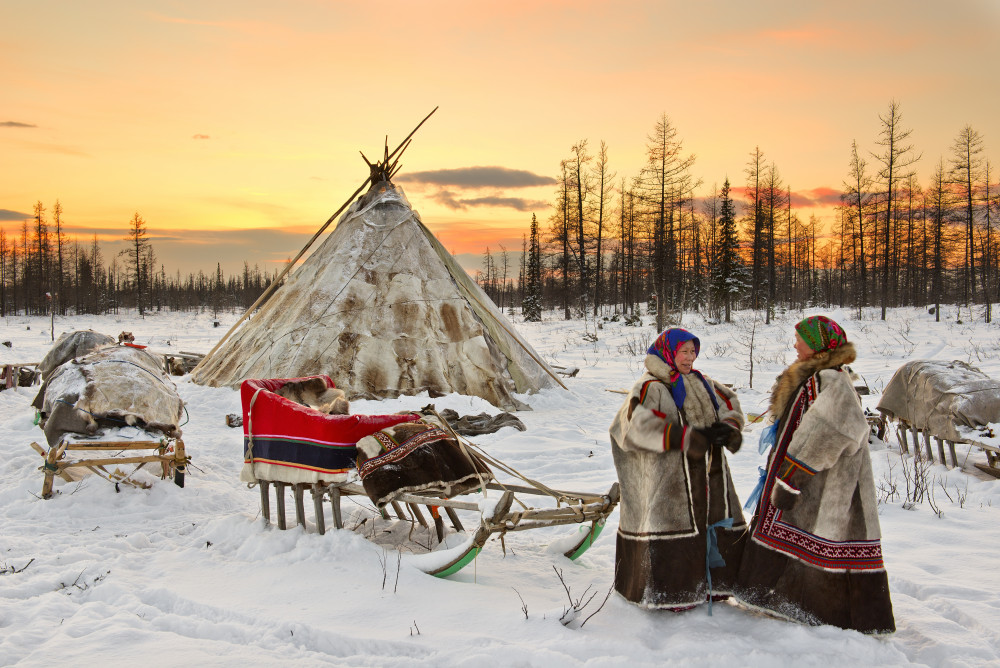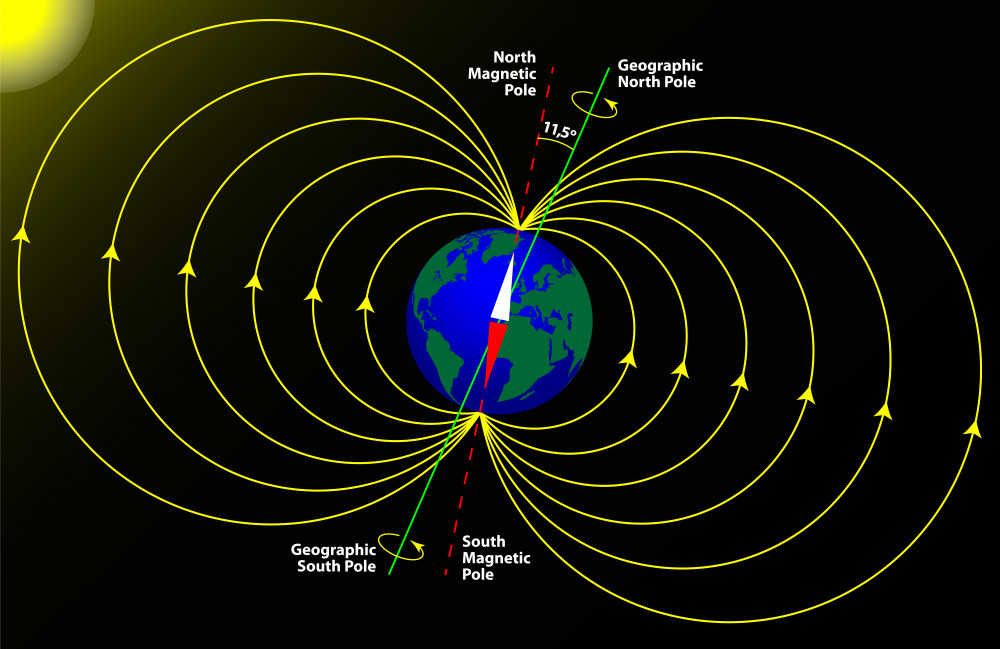People of the Arctic
Unlike Antarctica, people have been living in the Arctic for thousands of years. The Proto-Eskimo tribes were the first native residents of the Arctic. Today, about 4 million people live in the Arctic. Many of the indigenous tribes still preserve their way of life.

The two North Poles
The North Pole lies in the middle of the Arctic Ocean. Because of this, there is no permanent station at the North Pole.
The North Pole and the Arctic Ocean surrounding it do not belong to any country.
There are in fact 2 North Poles which are not far apart. Both are located in the Arctic:
Geographic North Pole or "True North" is the northernmost point on the Earth.
North Magnetic Pole is where traditional compasses point toward. It is where the planets magnetic fields focus and lies south of the Geographic North Pole. Its location is constantly moving and is not fixed.

Arctic riches
The Arctic has some of the world’s largest amounts of mineral deposits such as platinum, diamonds, silver, gold, rare earth metals and much more. Many of its natural resources are untouched.
Midnight Sun and Polar night
During summer there is a time when the Arctic receives 24 hours of sunlight and the Sun can be seen at midnight. This is called "Midnight Sun". Sometimes the Arctic is called the Land of the Midnight Sun.
During the winter there is a time when the opposite happens. The Sun doesn’t rise at all, this is known as the "Polar Night".
Did you know?
- To travel through the Arctic, ships called icebreakers are often needed. These ships are so strong they can break through sea ice.
- Scientists wanted to know if the ice sheet in the Arctic Ocean rested on land or water, so in 1958, a submarine called the USS Nautilus sailed beneath the frozen ice of the Arctic Ocean, proving that the ice sheet rests on water.
- There are 9 Arctic seas in the Arctic region.


















